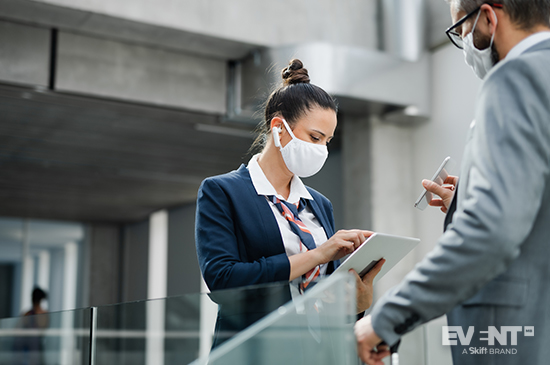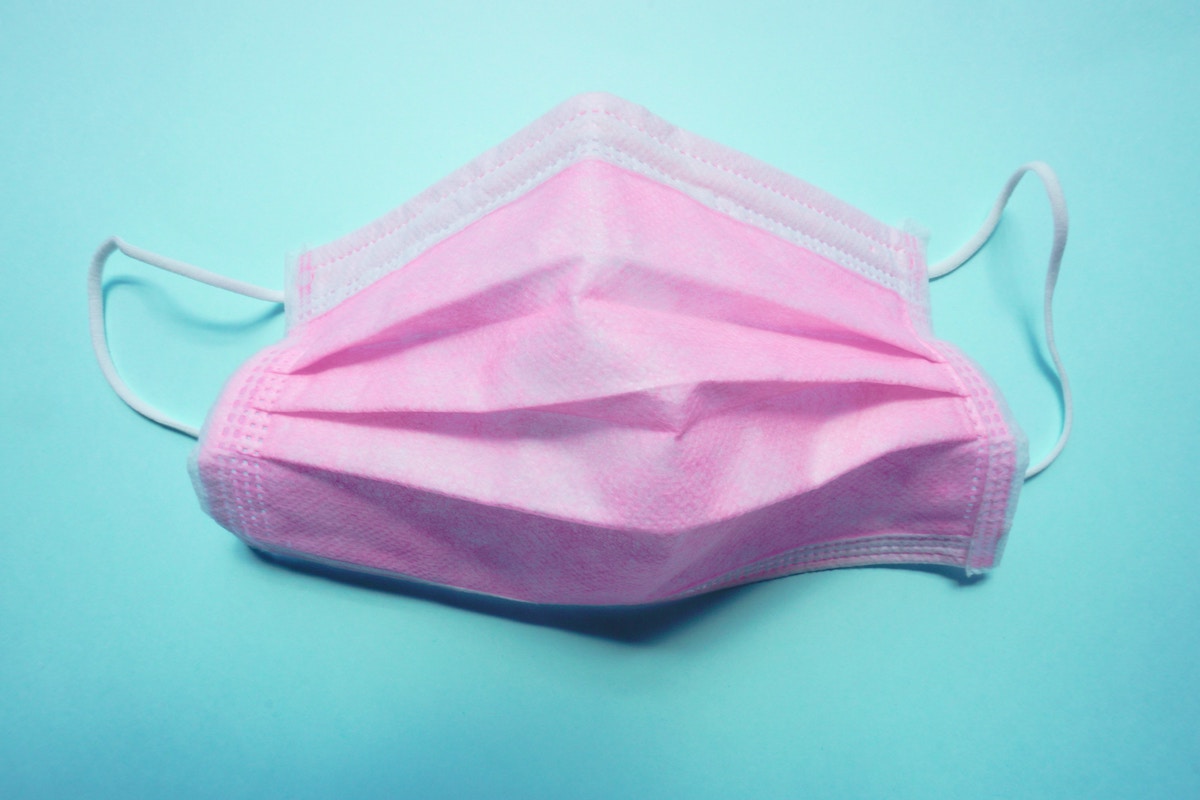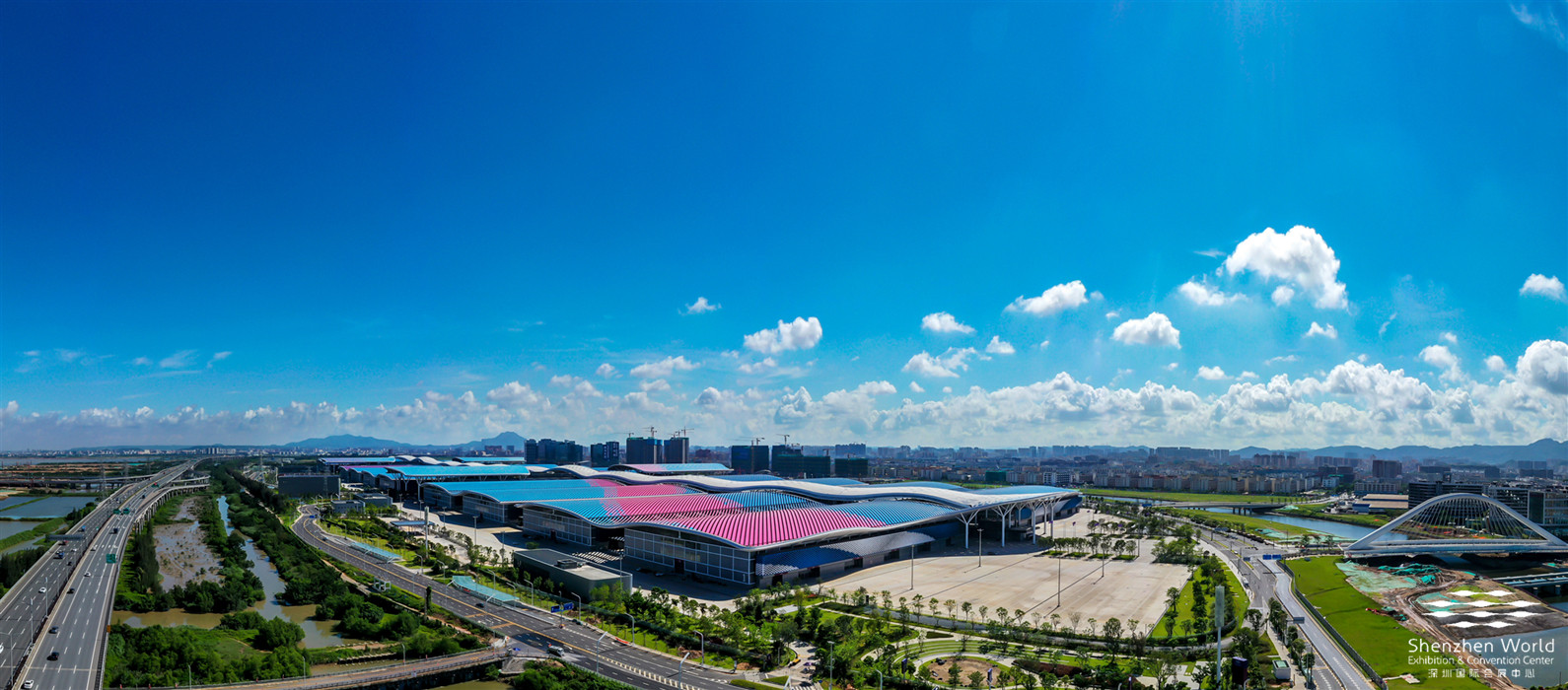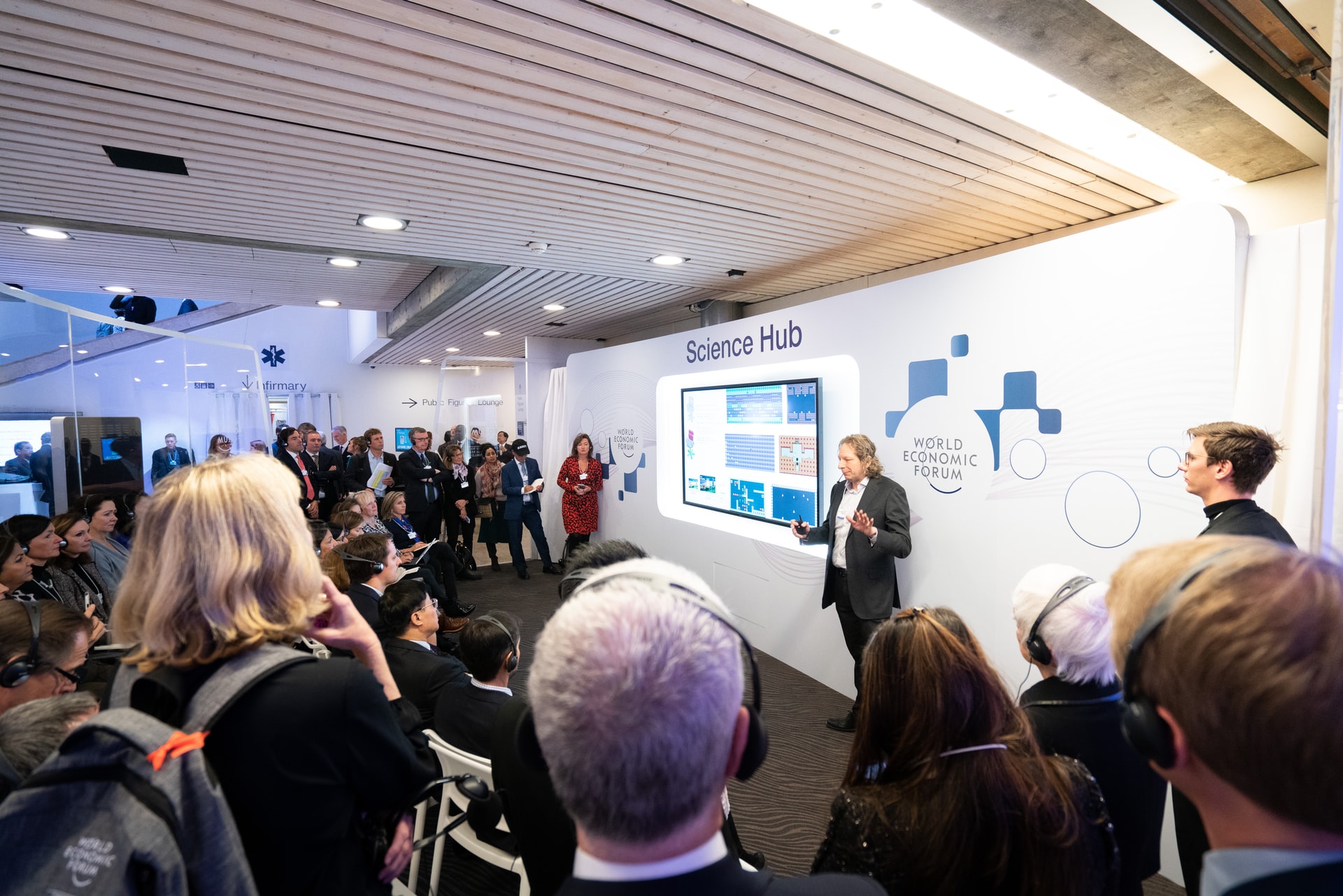Travel shut down as quickly as events were cancelled, but October 18 marked the first day since mid-March when the TSA recorded more than a million passengers in transit. What can event professionals do to help manage travel risks for attendees?

If planners want to keep their events as protected from COVID-19 as possible, they need to think beyond the venue and consider the attendee’s entire journey. These considerations include:
- The varying health and safety policies of different airlines
- The pros and cons of various ground travel options
- The logistical concerns that come with managing attendee movement when testing onsite
The more oversight that event planners have over their attendees’ movements, the more they can ensure that their events remain infection-free.
What to Know About Airline Policies
Despite reaching the one-million threshold on October 18, travel rates are still fluctuating between 30 to 40 percent what they were at the same time last year. Nevertheless, many airlines have stopped blocking passengers from booking middle seats, and many irate travellers have posted photos of packed planes on social media.
Event planners may not be able to control which flights attendees choose, but they can offer informed recommendations or negotiate a group rate with a preferred carrier. There is growing evidence that the advanced air filtration systems on airplanes, combined with social distancing and mask wearing, make air travel safer than originally thought.
Those still blocking middle seats have policies in place until the following dates:
- Delta – January 6, 2021
- Alaska Air – January 6, 2021*
- Hawaiin Airlines – December 15, 2020
- Southwest – November 30, 2020
*The airline has also indicated that this policy may be waived to accommodate passengers stranded by cancelled flights.
JetBlue has similarly promised to cap passenger capacity at 70 percent or less throughout the holidays, but the airline has also indicated that passengers should buy extra tickets if they want to guarantee empty seats around them.
All major North American airlines have masking policies that require both staff and passengers to wear masks, with exceptions made only for small children and those with relevant health issues. With that said, enforcement has been spotty; Delta, however, is fast developing a reputation for one of the strictest policies.
How to Coordinate Attendee Transportation After Landing
If there is one priority for event planners to keep in mind, it is discouraging attendees from using public transportation.
Cars have the advantage of transporting people in smaller groups, but this benefit loses some significance when everyone will end up sharing the same venue space eventually anyway. If going for the shuttle bus option, ensure that:
- Middle seats are kept empty except for those already travelling as a group
- Everyone, including the bus driver, wears a mask
- Windows are kept partially open wherever practical
Although a super spreader event on a Chinese bus made headlines, the event occurred before mask wearing and social distancing became widespread. Many bus companies, like Event Transportation systems, also have rigid cleaning protocols in place.
Alternatively, event planners can arrange group rates with taxi service providers or driver apps like Uber and Lyft. For most national and international chains, it is standard procedure for drivers to wear masks, but it might be worth investigating the policies of companies in smaller towns.
Lastly, if you do arrange for ground transportation for groups of attendees, it’s not a bad idea to record which groups have traveled together — especially if you plan to do onsite testing afterward. This will help with contact tracing if one of your attendees’ tests turns out to be positive.
How to Manage Attendee Movement After Onsite Testing
If an event planner goes to the trouble of arranging an onsite testing clinic, it makes sense to develop a plan for managing attendee movements after arrival.
Drawing from Ryan Choura’s experience with his own onsite testing plan, it is advisable to:
- Choose a venue with a large parking lot to accommodate the construction of a temporary clinic and drive-through passage of attendees
- Develop a plan for where attendees are to wait in relative isolation while their results are processed (if possible, consider having them wait in parked cars)
- Encourage attendees to stay onsite for the duration of the event
If attendees are travelling from out of town and will not be arriving in their own vehicles, think about alternative options for keeping guests separate during the waiting period. In such a situation, it makes more sense to encourage individual attendees to come in manageable batches. Instead of waiting until everyone has been tested, would it be possible to stagger entry into the facility as attendees receive their results? Could they stay at an onsite hotel and wait in their rooms until they’ve been given the all-clear? If the hotels are not onsite, can you test them in their hotel rooms and then arrange for shuttle transportation to the venue in order to maintain a bubble of test-negative attendees?
IN CONCLUSION
Greater comfort with travel means that event professionals have one less barrier to resuming business, but continued progress will depend on how well the process is managed. Careful planning of the attendee journey outside the event will go a long way to ensuring a safer experience once they arrive.





